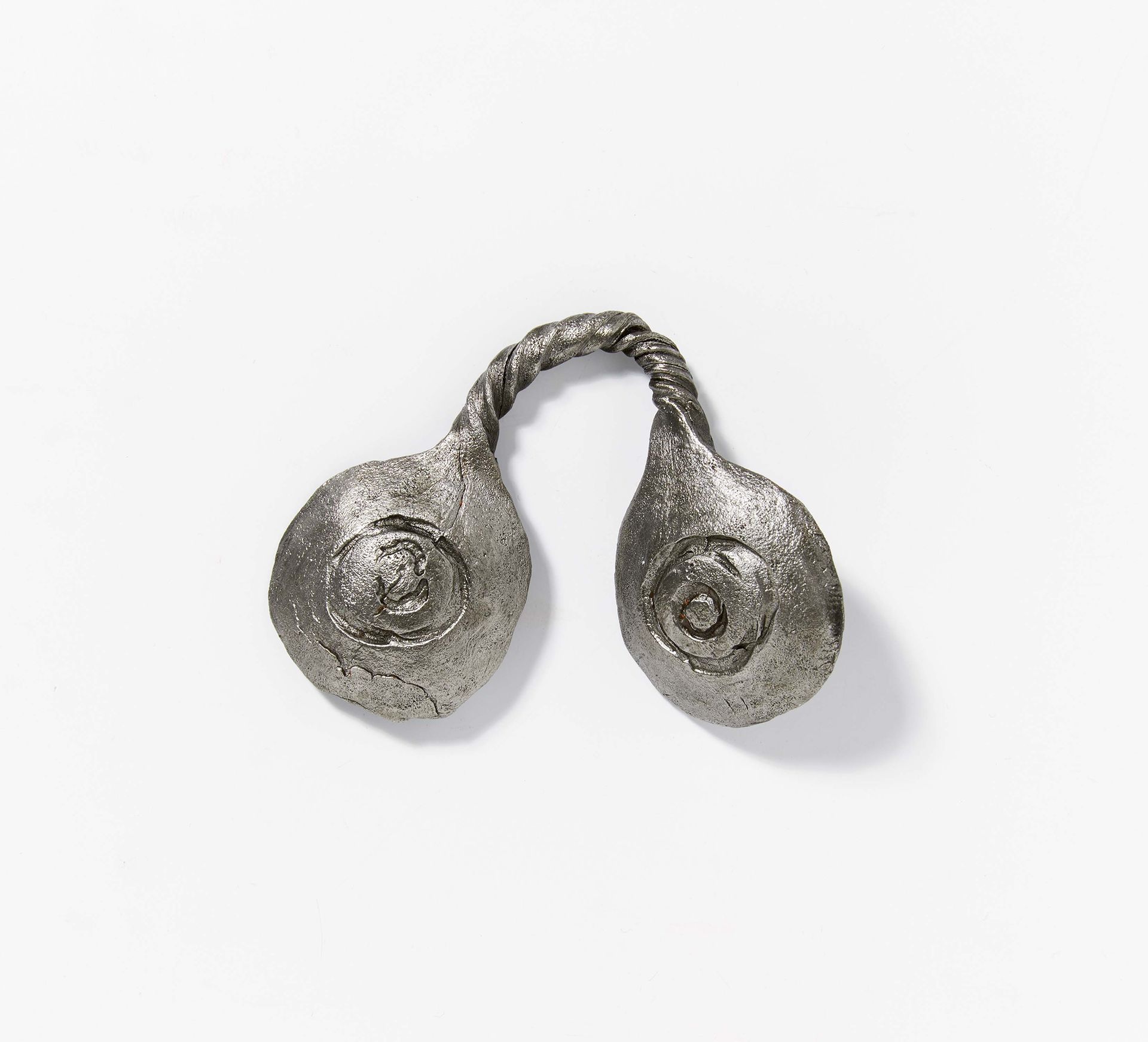Description
EYE VOTIVE. Date: Presumably 19th century. Technique: Iron, cleaned. Measurement: W. ca.9, H.6.5cm. Mark: Verso Inv-No.22086. Condition B. Provenance: - Tiroler Volkskundemuseum, Inv.-No.22086. - Dorotheum, Vienna, 2015. Estimated Shippingcost for this lot: Germany: 15,97 Euro plus 3,03 Euro VAT EU: 26,89 Euro plus 5,11 Euro VAT Worldwide: 50,42 Euro plus 9,58 Euro VAT additional shipping insurance
769
EYE VOTIVE. Date: Presumably 19th century. Technique: Iron, cleaned. Measurement: W. ca.9, H.6.5cm. Mark: Verso Inv-No.22086. Condition B. Provenance: - Tiroler Volkskundemuseum, Inv.-No.22086. - Dorotheum, Vienna, 2015. Estimated Shippingcost for this lot: Germany: 15,97 Euro plus 3,03 Euro VAT EU: 26,89 Euro plus 5,11 Euro VAT Worldwide: 50,42 Euro plus 9,58 Euro VAT additional shipping insurance
You may also like
